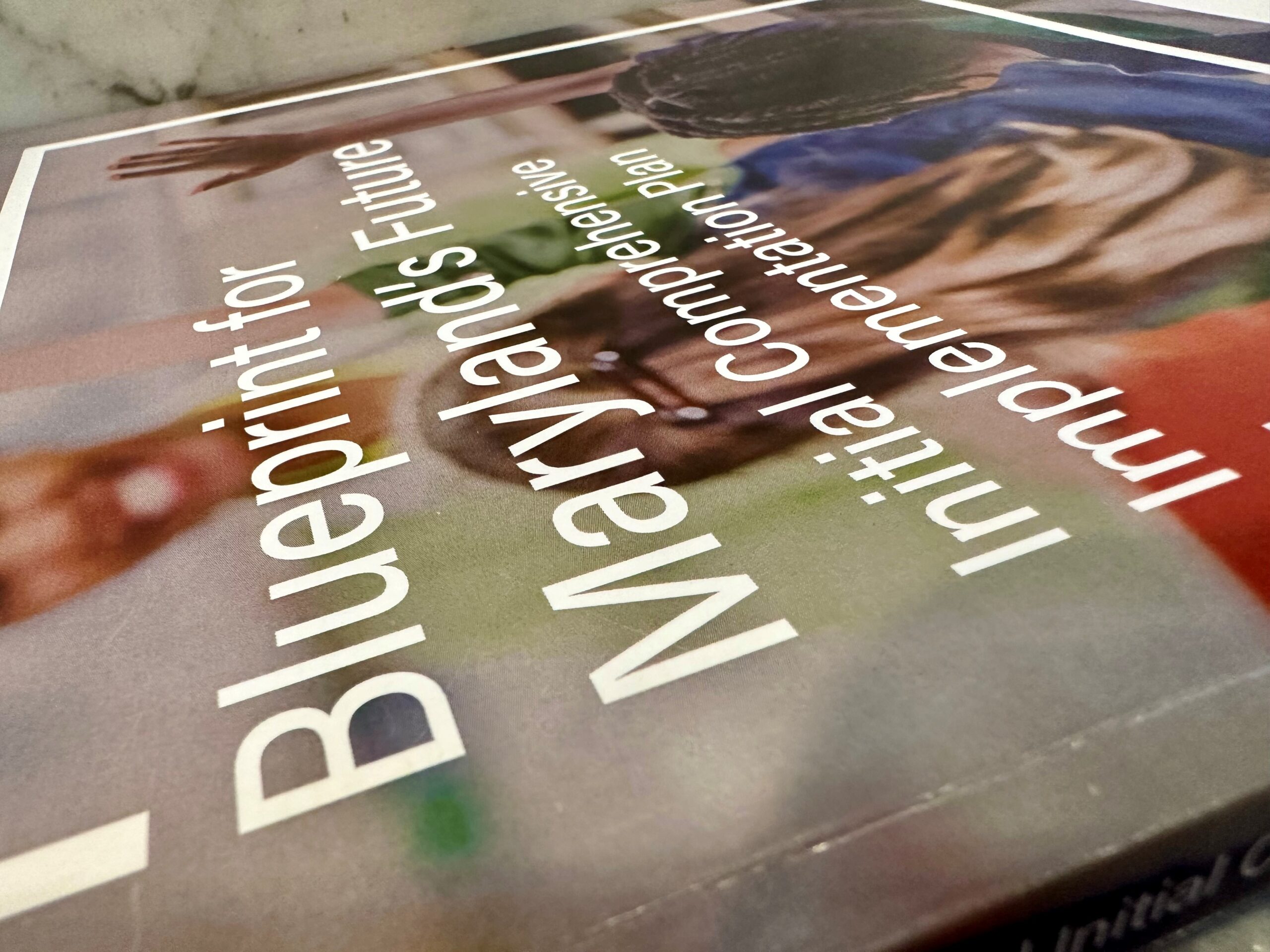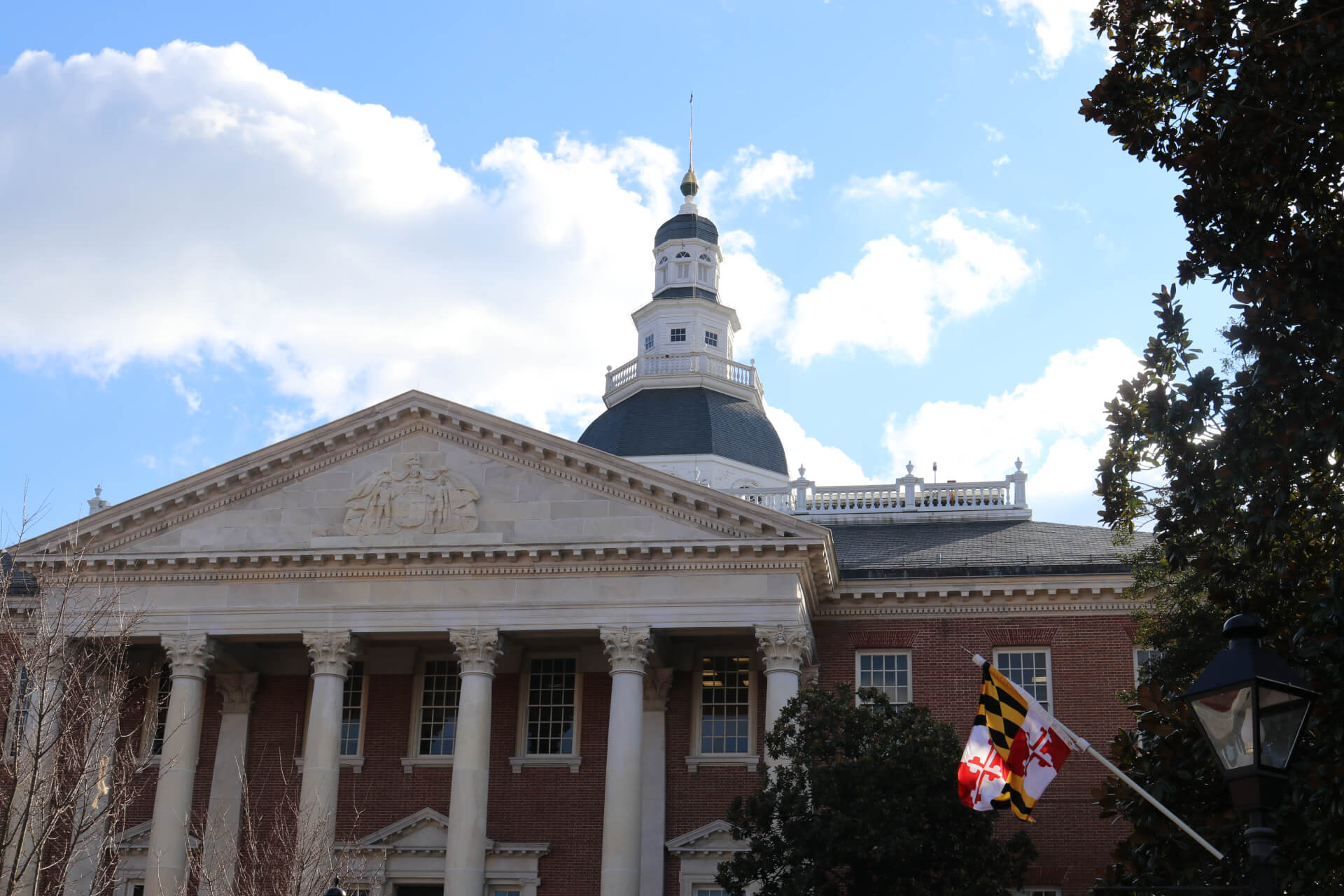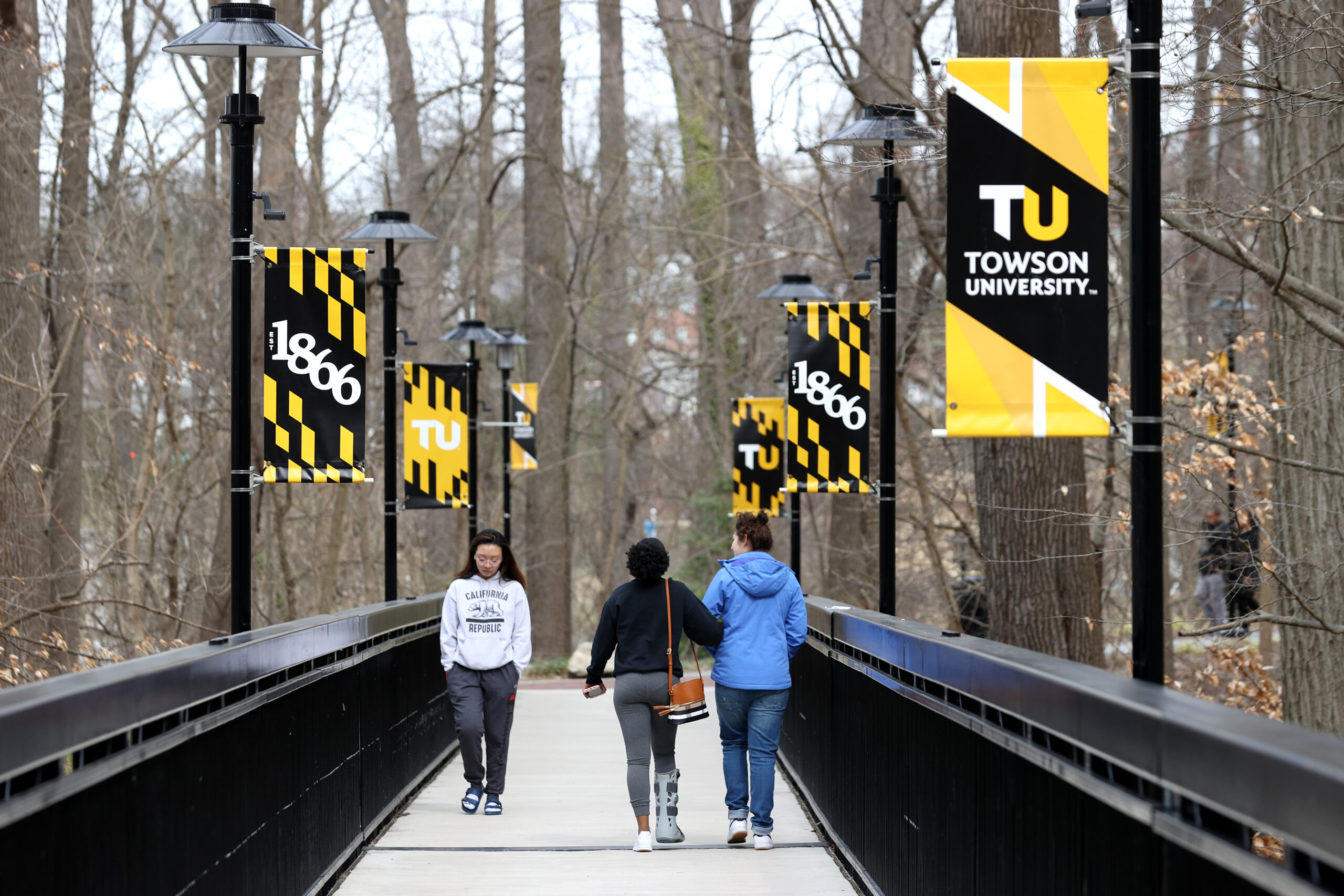Maryland higher ed officials focusing on collaboration, teacher training to boost Blueprint reform plan

As public school officials continue implementing the Blueprint for Maryland’s Future education reform plan, behind-the-scenes work remains on how colleges can help.
The Maryland Higher Education Commission (MHEC) is an integral part of the Blueprint plan to work on strategies to assess college and career readiness, to expand dual enrollment opportunities for high school students with classes offered at community colleges and to attract more students to teaching and keep them in the profession.
Staff with the commission and Maryland State Department of Education (MSDE) will form an ad-hoc work group to work on those and other Blueprint initiatives to provide guidance on the role of higher education.
Among the questions to be answered is who should teach a dual enrollment class, for which a high school student receives college credit, said Emily Dow, assistant secretary of academic affairs for the commission, in an interview.
“What are some best practices around getting students to college courses? Do you bring the college course to the student? Do you bus students to the community college?” Dow asked. “Those are the kinds of things that our two agencies are prepared and are excited to collaborate on as we implement the Blueprint.”
The work group is part of a MHEC Blueprint plan approved this month by the Blueprint Accountability and Implementation Board, which oversees the education reform plan through 2032.
The Blueprint board, also known as the AIB, provided feedback on the commission’s plan citing “areas of strength and opportunities” and “areas for further growth and improvement.”
In terms of strength, AIB staff noted that the commission’s updated response from its plan submitted in March “shows the agency is taking initiative in strengthening its collaborative relationship and ongoing work with the MSDE.”
However, improvements could be made in some areas, such as where the commission did “not sufficiently” describe how they will coordinate and work with agencies other than MSDE.
Dow said college and university officials, the AIB and local school officials will be among key stakeholders in helping to implement the Blueprint plan.
To address a shortage of qualified teachers, lawmakers approved the Maryland Educator Shortage Reduction Act, which went into effect July 1.
Part of the act includes providing an initial stipend to students who are in their first or second year of post-secondary education and are working toward a teaching degree. To be eligible they must attend a school where 40% of students receive federal Pell grants. Eligible schools include the state’s four historically Black colleges and universities, Hood College and Baltimore City Community College.
Students can start receiving an initial stipend during the current school year. Stipend eligibility continues through the 2025-26 school year. An estimated 300 college students could receive up to $3,500.
The initial stipend’s main goal, according to the legislation, is “to nurture in the recipient a passion for becoming a teacher.”
The Educator Shortage Act also provides eligible student teachers a 10-month, $20,000 internship stipend. This will begin in the 2026-27 school year and continue through 2028-29.
Requirements for students to receive an internship stipend include participating in an internship or practicum working in a public school or publicly funded prekindergarten program. They must also pledge to fulfill a service obligation for two years as a full-time teacher at a “high-needs school, grade level, or content area” where there’s a teacher shortage.
“The Blueprint requires both MSDE and MHEC to set up some [guidelines] for our teacher preparation programs,” Dow said. “I think that will be an initiative that we take on the next six to eight months in collaboration with our colleges and universities.”
Acting Secretary Sanjay Rai said he strongly supports increasing the minimum teacher salaries to $60,000, which legislation behind the Blueprint plan requires to be done by July 1, 2026.
“I think that’s the number one reason why schools are not able to attract and keep teachers. That’s a very, very good thing in the right direction,” he said. “[The Blueprint] is a big deal. I think it is a game changer. It’s fundamentally changing how we approach education.”




 Creative Commons Attribution
Creative Commons Attribution